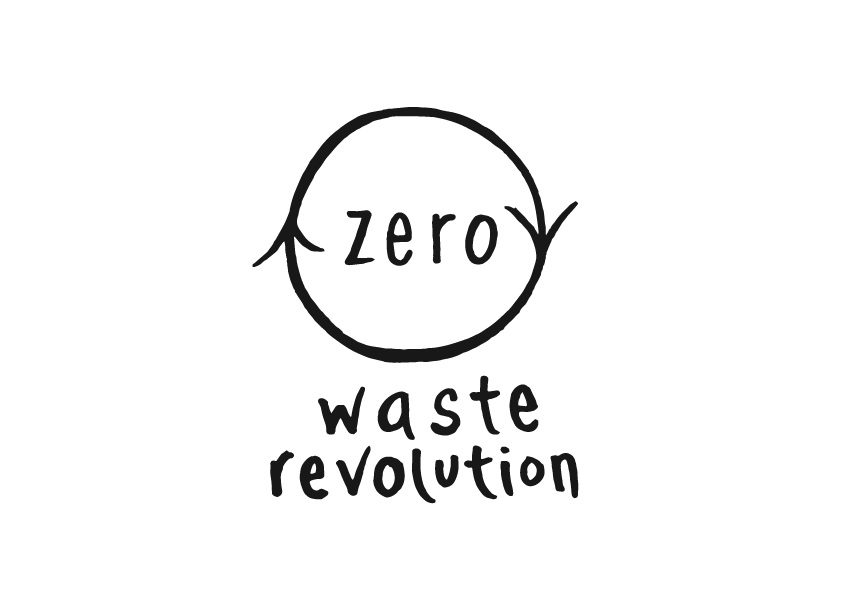Plastic Free Living
Every year humans throw away enough plastic to circle the Earth four times. Half of this plastic is single-use and disposable. Much of it ends up in our oceans, where it’s responsible for killing one million seabirds and 100,000 marine mammals every year. It’s time to rethink how we use plastic. It’s time to start again and build a relationship with plastic that’s healthy for us and our planet.
Globally, the main use of plastic is packaging, accounting for about 40% of all plastic manufactured. Household plastic use makes up the next 20%. The construction and agricultural industries are responsible for a mere 23% of plastic produced. So, the power really is in our hands. Plastic pollution is a problem that people have the power to change through their everyday choices.
Loren Howell, a Canberra local, is a plastic free living advocate. She’s been living plastic free for more than 18 months. I asked Loren how she made the switch and she said ‘step by step. I didn’t do it all at once, as that would have been overwhelming.’
‘I was already taking green bags to the shops, and had my own water bottle. Then I switched to a reusable coffee cup and started refusing straws. Next up, I swapped cling wrap for beeswax wraps. I liked what this was doing, so then I just worked my way through every aspect of my life.’
Alternatives to plastic are everywhere. There are bamboo pegs, toothbrushes and toiletries that can compost. Bulk food stores and farmers’ markets are popping up around Australia, helping with plastic free food. People are also starting to take their own containers into the deli or butcher, avoiding plastic wrapped food.
It might be difficult to see how you will ever be completely plastic free, but with Loren’s advice… take it one step at a time.
How to make your own beeswax wraps
Avoid single use plastic wrap, with this home-made, upcycled alternative.
You’ll need a light cotton fabric as the base material for the beeswax wraps. An old sheet or summer shirt are both suitable. A small wrap is about 18cm x 18cm. The only other essential ingredient is beeswax (about 15g for a small wrap). Beeswax can be sourced in Canberra from the Win’s Creek Meadery and the ANU Food Coop. To make the wraps, you’ll need a kitchen grater, old iron and baking paper.
Firstly, cut your fabric to sandwich wrap size. Then grate your beeswax, using a kitchen grater. Working carefully, place your fabric on top of a sheet of baking paper. Sprinkle the grated beeswax on top, so that the fabric is loosely covered in grated wax. Place a second sheet of beeswax on top of the grated wax. Run a medium iron over the top of the second sheet of baking paper to melt the beeswax into the material. Take care that the melted wax doesn’t drip outside your baking paper layers and onto an ironing board or your iron. Hang your new wrap out to cool down.
Have YourSay on phasing out single use plastics
Community consultation begins today on the ACT Government’s plan to phase out unnecessary single use plastics. Be a voice for zero waste and make a contribution to the ACT Government’s community consultation process.
